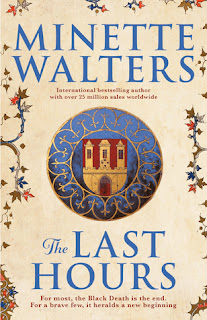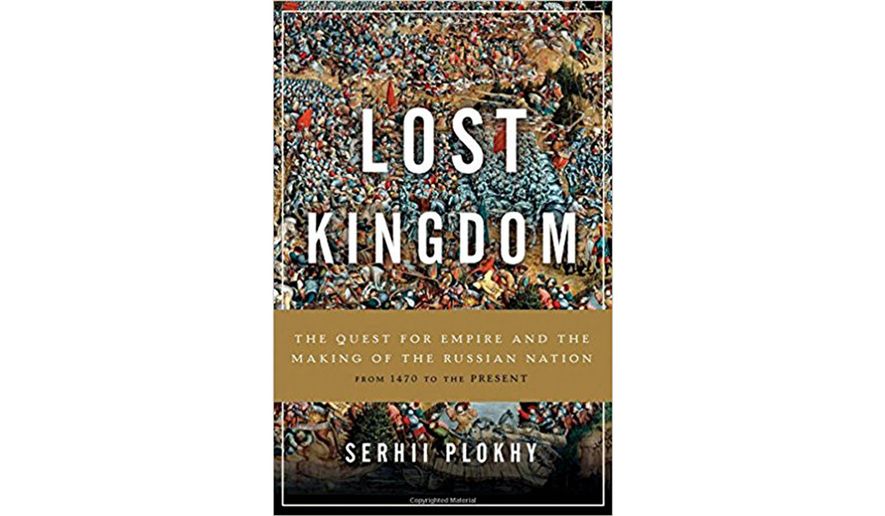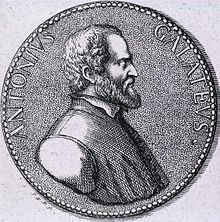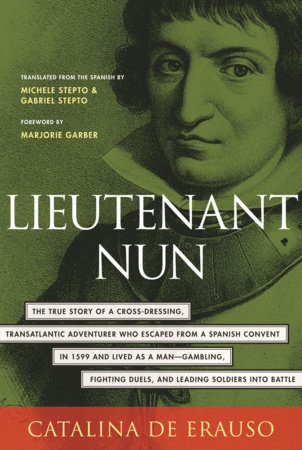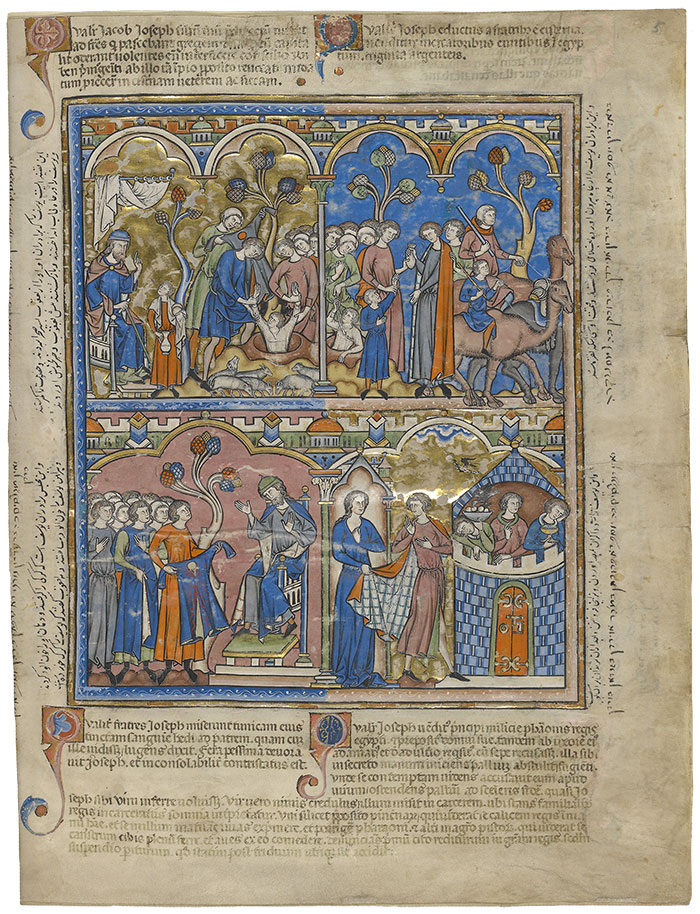 Kathryn Smith reviews Liza Mundy's "Code Girls: The Untold Story of the American Women Code Breakers of World War II" for History News Network:
Kathryn Smith reviews Liza Mundy's "Code Girls: The Untold Story of the American Women Code Breakers of World War II" for History News Network:
Even before the Japanese attack on Pearl Harbor on December 7, 1941, the U.S. Navy had realized its intelligence operation was woefully inadequate. The Navy needed code-breakers, what are more formally known as cryptanalysts, and it began recruiting them … at the elite women’s colleges of the Northeast.
After the attack, the need became even more pressing, and the U.S. Army jumped on board. Between them, the two services—which were so competitive one wonders at times who they considered the true enemy in World War II—recruited more than 10,000 women to work at its top-secret code-breaking operations in Washington, D.C. Their story is told for the first time by journalist Liza Mundy in Code Girls: The Untold Story of the American Women Code Breakers of World War II. Of the 20,000 code-breakers in both services, more than half were women.
Mundy’s book is a welcome addition to the ranks of recent books revealing the crucial supportive work of women in war and peace, including Denise Kiernan’s The Girls of Atomic City, about the women who worked on the Manhattan Project in Oak Ridge, Tennessee, and Margot Lee Shetterly’s Hidden Numbers, about the black women mathematicians at NASA.
